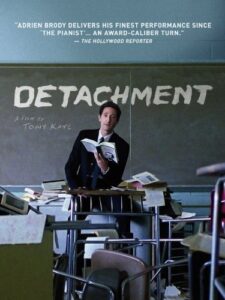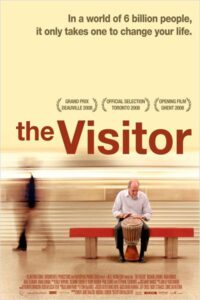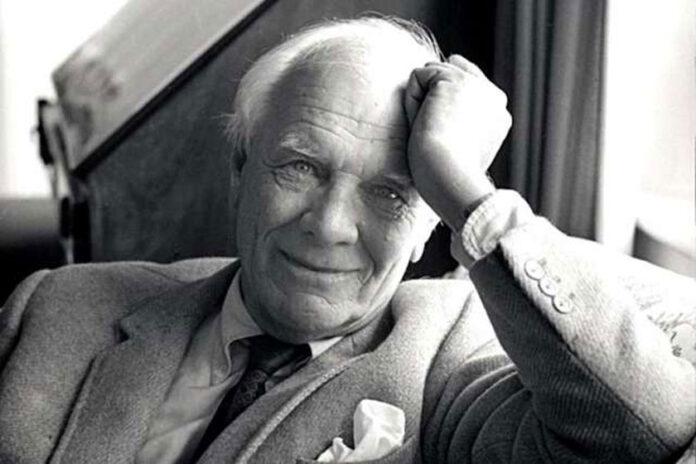I haven’t watched commercial television since 2009 (cable television since 2013). I won’t pay money to watch commercials.
What I like the most about Indie films is that the writers and directors all seem to still have some semblance of talent. They seem to hold themselves to a higher standard and present a closer to real life experience in their work.
Here are two Indie films that I’ve seen recently that I thought to share. I looked at some of the other reviews online and I’m afraid to say that NPR especially, got it wrong in it’s interpretation of these films — neither of these films pushed any sort of narrative or ideology in any way.
Both of these Indie films are presented in the setting of a big city, and they both touched base on the realities of life. You can’t put a label on the human condition and both of these films did an excellent job of helping us to understand that.
 Detachment
Detachment
Director Tony Kaye’s (AMERICAN HISTORY X) long-awaited film DETACHMENT stars Academy Award(R) winner Adrien Brody as Henry Barthes, a substitute teacher who conveniently avoids any emotional connections by never staying anywhere long enough to form a bond with either his students or colleagues. A lost soul grappling with a troubled past, Henry finds himself at a public school where an apathetic student body has created a frustrated, burned-out administration. In finding an emotional connection to the students but also to fellow teachers and a runaway teen, he finds that he’s not alone in a life and death struggle to find beauty in a seemingly vicious and loveless world. Kaye has molded a contemporary vision of people who become increasingly distant from others while still feeling the need to connect. DETACHMENT features a stellar ensemble cast, including Academy Award(R) winner Marcia Gay Harden, Christina Hendricks, William Petersen, Bryan Cranston, Tim Blake Nelson, Lucy Liu, Blythe Danner, Academy Award(R) nominees James Caan, and newcomers Sami Gayle and Betty Kaye.
It’s an excellent view:

 The Visitor
The Visitor
Walter Vale is a widowed Connecticut College economics professor who lives a fairly solitary existence. He fills his days by sometimes taking piano lessons in an effort to emulate his late wife, a classical concert pianist, and infrequently works on a new book. When he is asked to present a paper at an academic conference at New York University, he is not enthusiastic to make the trip, given he is only the nominal co-author and has never even read the complete work. Charles, his department head, insists and Walter is forced to attend.
When he arrives in his old apartment in Manhattan, Walter is startled to find a young unmarried couple living there, having rented it from a swindler who claimed it was his. Tarek is an immigrant from Syria, a Palestinian-Syrian djembe player, and Zainab is a Senegalese designer of ethnic jewelry. He later discovers both are illegal immigrants. Although they have no place to go, they hastily pack and leave, but Walter decides to let them stay.
Cast: Dania Gurira, Haaz Slieman, Richard Jenkins, Hiam Abbass, and Marian Seldes

You can watch both of these independent films for free over on Tubi.






